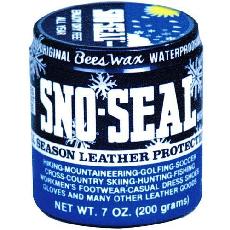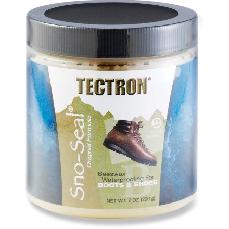Wolfgang
New member
I wonder if anyone has had any experience or has heard about this one. I've had some boot problems this summer. It seems that after only a half dozen or so hikes the rubber toe rand and sometimes the sole, where it's attached to the side of the boot, started to separate. This has happened with several different brands.
I just found out today, after having another pair replaced, that I shouldn't be using any kind of boot treatment containing silicone. It seems that the silicone reacts with the glue and will cause the glue to break down.
I had been using "Camp Dry", which contains 13 percent silicone. Go figure.
Anyone know anything more?
Wolfgang
I just found out today, after having another pair replaced, that I shouldn't be using any kind of boot treatment containing silicone. It seems that the silicone reacts with the glue and will cause the glue to break down.
I had been using "Camp Dry", which contains 13 percent silicone. Go figure.
Anyone know anything more?
Wolfgang


